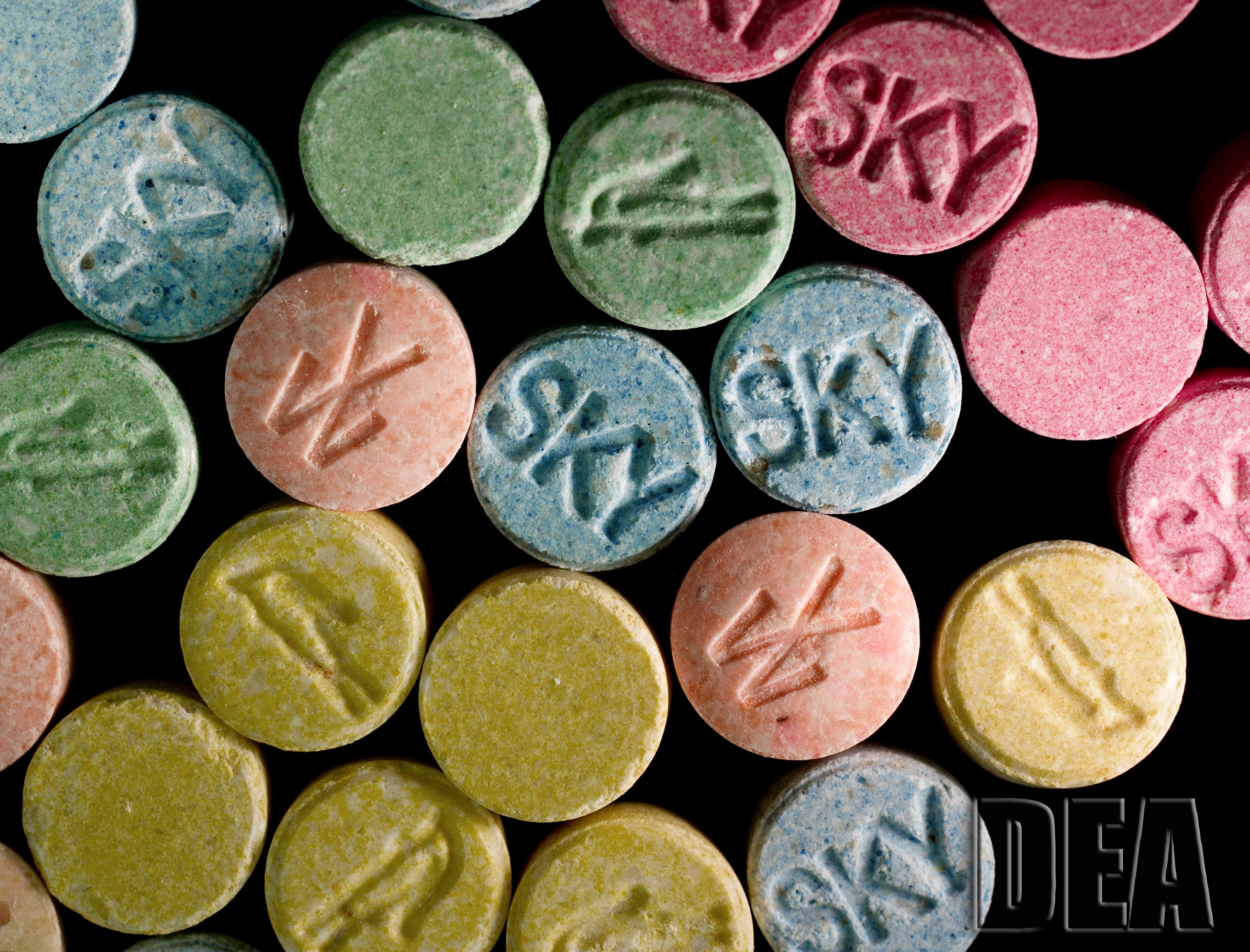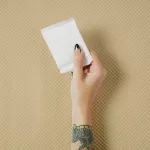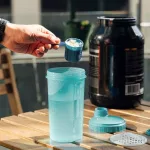Molly, also known as MDMA, is available as tablets, capsules, powders, or crystals. This substance is illegal in the United States and carries significant risks.
MDMA (3,4-methylenedioxy-methamphetamine) is commonly associated with club and party scenes. It’s prized for elevating mood, energy, empathy, and sensory experiences, and it can also produce mild hallucinogenic effects.
Most often ingested in capsule or tablet form, MDMA can also be found as a liquid or powdered substance. Because “molly” is unregulated and illegal in the U.S., it’s difficult to know the actual contents when someone buys or takes it, which can be hazardous.

The various forms of molly
MDMA appears in multiple forms. People frequently use different names for it, including “molly” and “ecstasy.”
Most users consume molly in tablet or capsule form, but it is also sold as a liquid or powder. Powdered molly can be swallowed or snorted.
What does pure molly look like?
The term “pure molly” typically refers to MDMA in powder form. Because production is unregulated, its appearance can differ, but it’s commonly white or yellowish and resembles granulated sugar.
What does molly look like as a pill?
Pills and capsules containing molly can vary widely in appearance. They often mimic legitimate prescription or OTC meds, coming in different shapes and colors and sometimes bearing imprinted logos. These markings are usually simple icons like a clover, smiley face, or checkmark.
In any form, molly is illegal in the U.S.MDMA is classified as a Schedule I drug, a category for substances with high abuse potential and no accepted medical use.
That status may evolve: research is exploring MDMA’s potential therapeutic role for conditions like post-traumatic stress disorder (PTSD).
Is molly safe to use?
There are multiple hazards linked to using molly. A primary concern is the inability to determine the actual amount of MDMA in any tablet, capsule, liquid, or powder. You might receive far more—or far less—MDMA than anticipated.
Many molly products are adulterated with other drugs and additives. These contaminants can include:
- ketamine
- heroin
- methamphetamine
- cocaine
- caffeine
- cough suppressants
- synthetic cathinones (“bath salts”)
Contaminants can heighten the likelihood of adverse reactions or uncomfortable effects and can produce unpredictable and dangerous drug interactions.
Because you usually won’t know which substances were mixed into the molly you took, it’s often impossible to identify the cause of any negative response.
A bad reaction to molly can involve symptoms such as:
- nausea
- rapid or irregular heartbeat
- jaw clenching
- muscle tightness
- trouble sleeping
- blurred vision
- excessive sweating
- chills
- dehydration
Long-term effects of molly
Chronic molly use carries further risks. Like many psychoactive substances, MDMA alters how the brain produces and regulates key chemicals.
Molly boosts the activity of neurotransmitters including norepinephrine, dopamine, and serotonin, which can raise heart rate, energy, and mood. However, this increased release can also exhaust the brain’s natural supplies of these chemicals.
Repeated use may reduce serotonin levels, potentially leading to depression and heightened anxiety.
Other long-term consequences vary by individual and usage patterns but may include:
- dependence
- memory impairments
- difficulty concentrating
- frequent infections or colds
- liver injury
- kidney damage
Getting help for yourself or someone you care about
Admitting that you or a loved one may be misusing molly or another substance can be difficult. Recovery can seem daunting, but it’s achievable.
There are numerous resources to help you find support. Treatment programs, counseling, and peer groups can all be effective starting points, offering strategies and support for long-term recovery.
When you’re ready, consider:
- Substance Abuse and Mental Health Services Administration (SAMHSA) helpline:SAMHSA provides a 24/7 helpline with live operators who can connect you to local services. Call 800-662-HELP (4357).
- Sober Grid:Sober Grid is a free mobile app for people in recovery to find support, participate in challenges, and connect with peers.
- SMART Recovery:SMART Recovery offers tools for maintaining sobriety, including local meetings, online sessions, and educational resources.
- In The Rooms:In The Rooms provides free online and in-person recovery support, peer groups, and counseling options.
Key takeaway
“Molly” refers to MDMA, a widely used party drug known for producing euphoria and sensory changes. It can be consumed as a powder, liquid, tablet, or capsule.
Because molly is illegal and unregulated, there are no consistent formulations or dosages. You cannot reliably know what any pill or packet contains.
Moreover, molly is frequently adulterated with other substances, which increases the likelihood of harm and adverse reactions.


















Leave a Reply
You must be logged in to post a comment.